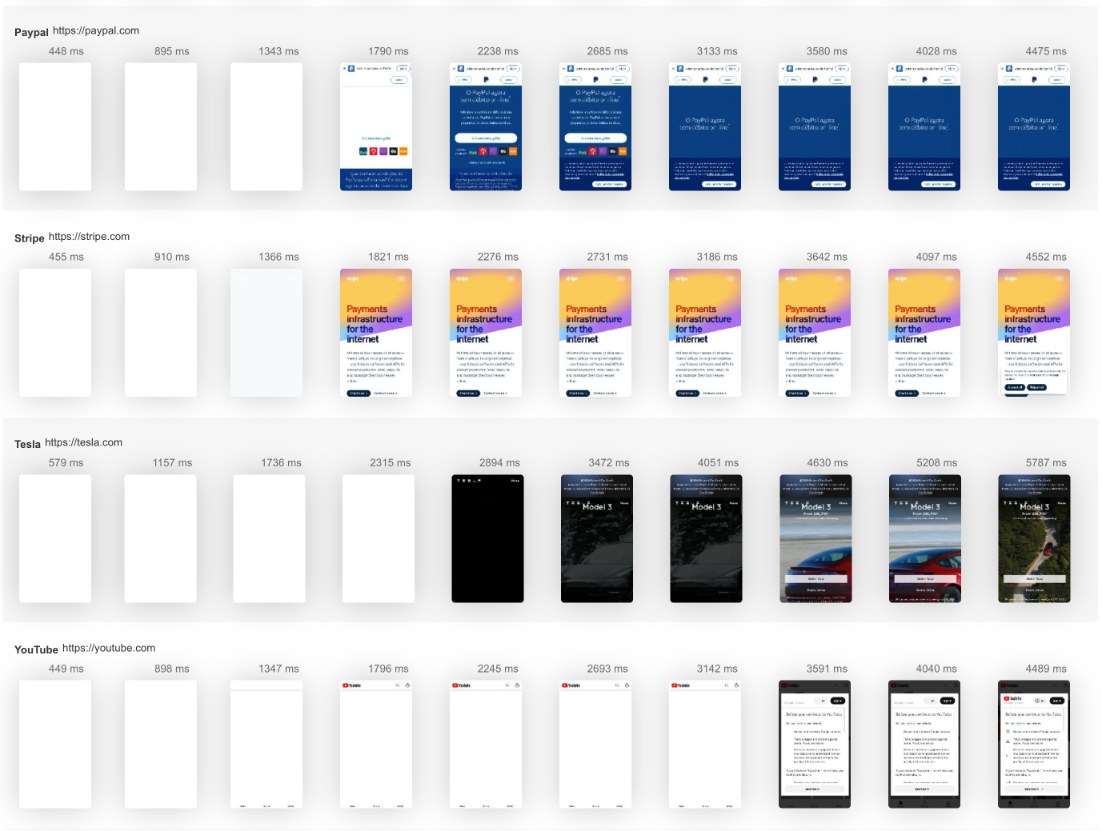Failover Testing for Event-Driven Architectures
Failover Testing for Event-Driven Architectures užtikrina, kad įvykių valdomos programos gali tvarkyti netikėtus gedimus, efektyviai atkurti ir tęsti įvykių apdorojimą su minimaliu sutrikimu. Šis šablonas padeda simuliuoti gedimus kritinėse komponentėse, tokiose kaip pranešimų eilės, įvykių brokeriai ir serverio funkcijos, siekiant įvertinti sistemos atsparumą. Naudojant LoadFocus, galite kurti didelio krūvio scenarijus, įterpti gedimus ir stebėti sistemos gebėjimą peradresuoti srautą ir atkurti, tuo pačiu metu testuodami daugiau nei 26 debesų regionus.
What is Failover Testing for Event-Driven Architectures?
Event-driven architectures rely on real-time event processing, making failover capabilities critical for maintaining uptime and seamless data flow. This template provides a structured approach to testing failure scenarios in event-driven systems, ensuring they can withstand component failures and continue processing events efficiently.
By leveraging LoadFocus (LoadFocus Load Testing Service), you can conduct large-scale failover tests with thousands of concurrent virtual users from over 26 cloud regions, ensuring your event-driven system remains operational even in the face of unexpected disruptions.
How Does This Template Help?
This template enables teams to simulate failure conditions such as network outages, broker downtimes, and processing delays. It helps validate failover strategies by introducing controlled disruptions and measuring system response and recovery.
Why Do We Need Failover Testing for Event-Driven Systems?
Without failover testing, event-driven architectures may suffer from unpredictable downtime and message loss during failures. This template ensures that:
- Event Processing Continues Smoothly: Validate the system’s ability to process and reroute events in case of failures.
- Redundancy Mechanisms Function Correctly: Test backup queues, failover databases, and secondary processing nodes.
- Recovery Time is Minimized: Identify bottlenecks that delay event reprocessing and system recovery.
How Failover Testing for Event-Driven Systems Works
This template defines a structured testing approach to evaluate failover mechanisms. Using LoadFocus, you can:
- Simulate high event loads and stress test messaging systems.
- Introduce latency and failure scenarios in brokers and event handlers.
- Measure event reprocessing efficiency and queue backlog recovery.
- Monitor system response times and availability metrics.
The Basics of This Template
This template includes pre-defined failure scenarios, recovery monitoring tools, and success metrics for validating event-driven failover strategies.
Key Components
1. Failure Scenario Simulation
Define and introduce failures in event brokers, message queues, and processing functions.
2. High-Concurrency Event Load
Generate large-scale event loads to test system resilience under stress.
3. Performance Metrics Tracking
Monitor event processing speeds, queue depth, and response times.
4. Auto-Recovery Testing
Validate automatic failover mechanisms for processing nodes and event consumers.
5. Post-Failure Recovery Analysis
Use LoadFocus insights to optimize failover configurations.
Visualizing Failover Tests
LoadFocus dashboards provide real-time insights into event-processing stability, tracking failover activation, system delays, and recovery times.
Types of Failover Testing for Event-Driven Systems
This template covers multiple failure scenarios to test different aspects of event-driven architectures.
Broker Failover Testing
Simulate failure of primary event brokers (Kafka, RabbitMQ, AWS SQS) and validate message rerouting.
Processing Node Crash Testing
Test the system’s ability to reroute events when processing nodes go down.
Network Partitioning Testing
Introduce latency or network isolation and measure event delay impact.
Queue Overflow and Backpressure Testing
Overload event queues and observe system behavior under excessive load.
Failover Time Measurement
Assess how quickly the system recovers and resumes event processing.
Monitoring Your Failover Tests
LoadFocus provides real-time monitoring of system stability metrics, including:
- Event Throughput: How many events per second the system processes during failures.
- Message Loss Rate: The number of events lost during failures.
- Failover Activation Time: How long it takes for backup systems to take over.
- Queue Recovery Time: How quickly event backlogs are processed after failure resolution.
Why Use LoadFocus for Failover Testing?
LoadFocus simplifies large-scale failover testing with:
- Global Event Traffic Simulation: Generate event loads from more than 26 cloud regions.
- Automated Failure Injection: Introduce broker downtime, message loss, and processing delays.
- Real-Time Performance Insights: Gain live visibility into event rerouting and recovery times.
- CI/CD Integration: Automate failover tests within DevOps pipelines.
Getting Started with This Template
Follow these steps to implement failover testing:
- Import the Template: Load it into LoadFocus for easy test configuration.
- Define Event Brokers and Message Queues: Identify critical components to be tested.
- Simulate Failure Scenarios: Introduce broker failures, processing node crashes, or queue overloads.
- Monitor System Response: Use LoadFocus dashboards to track failover performance.
- Optimize Event Handling: Modify system configurations to improve failover efficiency.
Final Thoughts
This template ensures that event-driven architectures remain highly available and resilient against unexpected failures. By integrating LoadFocus, you can automate failover testing, validate disaster recovery strategies, and optimize event processing efficiency.
Kaip greitas yra jūsų svetainė?
Pakelti jos greitį ir SEO be pastangų su mūsų nemokamu Greičio testu.Tu nusipelnei geresnės testavimo paslaugos
Nustatykite savo skaitmeninę patirtį! Išsami ir patogiai naudojama debesijos platforma, skirta apkrovos ir greičio testavimui bei stebėjimui.Pradėti Testavimą Dabar→